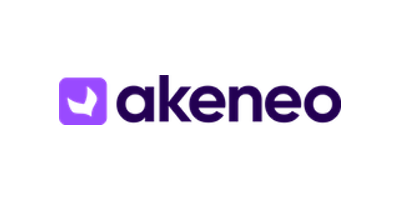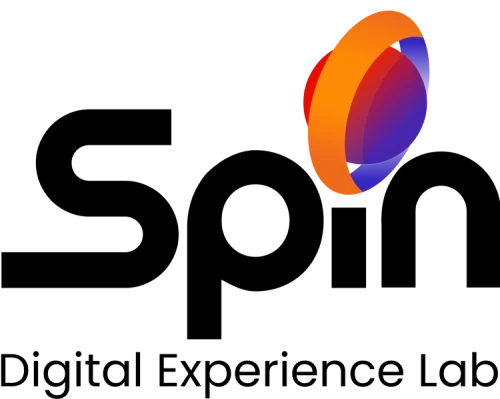Our Mission
From 2027, the Digital Product Passport (DPP) will gradually become mandatory in the EU. For companies, this means transparency across the entire product life cycle - from production and distribution through to recycling. What initially sounds like additional bureaucracy is actually a great opportunity: those who act early can not only meet regulatory requirements, but also optimize processes, develop new services and clearly stand out from the competition.
We support you in strategically and technically setting up your path to the digital product passport - so that you are not only compliant in 2027, but also optimally prepared.
Digital Product Passport gradually from 2027
The Digital Product Passport is a central, digital data sheet that bundles all relevant information about a product, from materials and carbon footprint to repair instructions or recycling options.
The legal basis for this is the “Ecodesign for Sustainable Products Regulation (ESPR)" which officially came into force on July 18, 2024.
- From 2027: Mandatory introduction is expected to begin for the first product groups.
- By 2030: The DPP will become mandatory for many other product categories.


The product groups that are likely to be affected first include
- Batteries: There is already a specific Battery Ordinance 2023, which prescribes a DPP from 2027.
- Textiles
- Electronic and electrical devices
- Furniture
- Construction products
- Chemicals
- Iron and steel
The DPP will be product-specific, i.e., the exact information that a DPP must contain may vary depending on the product category and will be defined in delegated acts by the end of 2025.

Why you should take action now.
Implementing a Digital Product Passport is not just about regulatory compliance but a strategic move that enables multiple dimensions:
- Creates the data basis for advanced analytics and AI
- Ensures legal certainty and helps to avoid fines
- Enables transparency in the supply chain and traceability
- Supports sustainability initiatives and circular economy business models
- Prepares your company for upcoming regulatory requirements
- Enables new services and services
The Elements of the Digital Product Pass
The DPP comprises several key elements that together create a detailed digital image of your product. Below are some areas from which information can flow into the DPP:
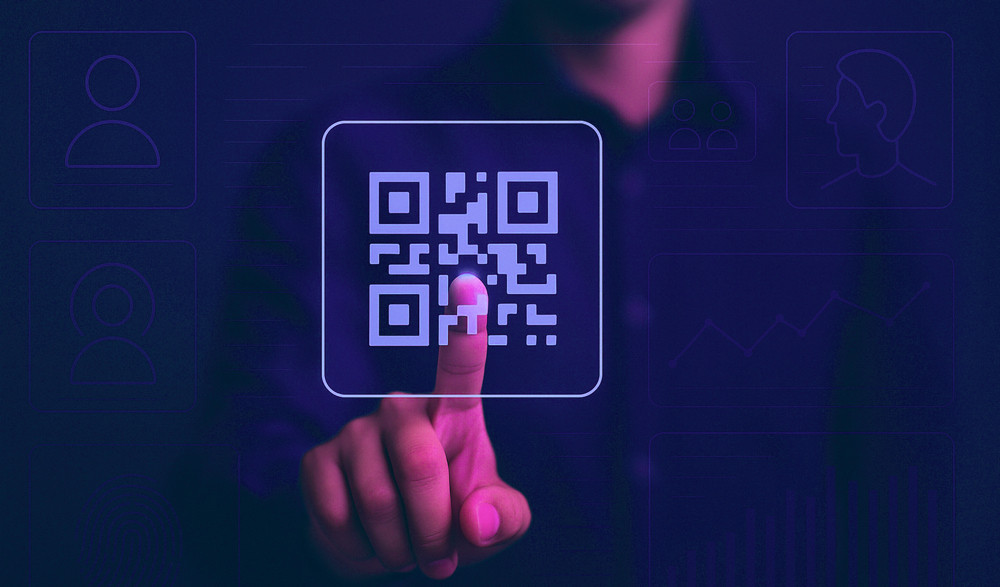
Product Identification
Unique identification through standardized IDs (GTIN, EAN, UDI) and product-specific features for traceability throughout the supply chain.

Material Data
Detailed list of all materials, components and substances used with precise information on quantity, origin and regulatory relevance.

Life Cycle Information
Documentation of the entire product life cycle from the extraction of raw materials through production and use to disposal or recycling.

Sustainability Indicators
Key figures on environmental impacts such as carbon footprint, water consumption and resource efficiency that make environmental performance transparent.

Compliance & Certifications
Proof of compliance with industry-specific standards, norms and legal requirements as well as relevant certificates and test reports.

Digital Interfaces
APIs and standardized data formats for the seamless exchange of product information between different stakeholders and IT systems.

How to Integrate the DPP into Your Systems
The Digital Product Passport integrates with your existing data infrastructure to create a central repository of product information that can be accessed throughout the supply chain.
- Data capture and integration: Capture product data from across your organization and supply chain.
- Standardization and verification: Process and validate data according to industry standards
- DPP generation: Create compliant digital product passports with unique identifiers
- Distribution & access: Make DPP available to all stakeholders via secure channels.
Webcast - Everything you need to know about the EU Digital Product Passport (DPP)
Watch the full recording now and get exclusive first-hand insights.
In the webcast, we shed light on the EU Digital Product Passport (DPP) from different perspectives - practical and well-founded from the point of view of service providers, manufacturers and industry analysts. In addition to current regulatory requirements and technological challenges, the focus was on tried-and-tested solutions, specific use cases and proven strategies for integrating ERP and PIM systems. Our experts provided valuable insights into how companies from a wide range of industries can best benefit from the new requirements and make both data management and process landscapes future-proof.
Our Partners
Together with strong partners from industry, research, and technology, we develop pioneering solutions for the Digital Product Pass.
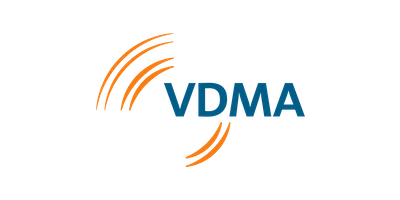
Verband Deutscher Maschinen- und Anlagenbau e.V. - Expertise in the development of industry-wide standards for industrial data.
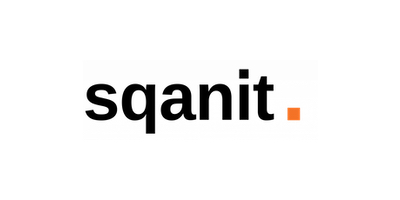
Innovative solutions for digital product identification and traceability in the supply chain.
FAQs about the Digital Product Passport (DPP)
What is the Digital Product Passport (DPP)?
The Digital Product Passport (DPP) is a structured data set that provides key information on a product throughout its entire life cycle - from materials and origin to reparability and recycling routes. The aim is transparency along the supply chain, more efficient processes and a reliable basis for ESG reporting. You can find a practical overview and examples of projects on our topic page. Find out more on the page "Digital product passport - basics and benefits".
Which companies are affected by the DPP?
In the short term, primarily manufacturers and distributors of affected product categories (e.g. electrical/electronics, batteries, textiles), but in the medium term large parts of the industry. Suppliers, dealers and service partners are also affected as soon as they supply data or modify products. It is crucial to clarify data models, responsibilities and processes at an early stage. We have summarized tips on this in the "Introduction & Roadmap" section.
When is the Digital Product Passport mandatory?
The EU is gradually introducing the Digital Product Passport from 2027. It will start with sectors such as batteries, textiles and electronics. By 2030, the DPP will become mandatory for more and more product groups. It is worth starting early in order to be compliant in good time and avoid unnecessary pressure shortly before the deadlines.
What data typically belongs in the DPP?
Depending on the product: identifiers (GTIN/UDI), material and substance data, master data (manufacturer, model), conformity/certificates, repair and maintenance information, spare parts, energy efficiency, disposal/recycling. Clear data lineage and versioning are important. We recommend a PIM/master data backbone plus interfaces to ERP/PLM/QLM.
How do I start a DPP project pragmatically?
Choose a clearly defined product line and appoint a person responsible. Check the DPP obligations applicable to your industry, record existing data sources (ERP, PIM, PLM, LCA if applicable) and prioritize gaps. Define a lean minimum data model including identification (e.g. QR/GS1 digital link) and set up a PoC with 10-50 articles, integrated into your systems. Governance, roles and data quality should then be defined and only then scaled in a targeted manner.
What role do PIM/MDM/PLM play in the DPP?
PIM/MDM bundle and quality assure customer and product-relevant data; PLM provides development/change statuses; ERP supplements commercial and logistical information. In DPP projects, PIM has proven itself as a "single point of publishing" that delivers validated DPP data to passport services, websites and QR codes.
How is DPP information made available on the product?
Common in the field: a QR code or NFC that points to a digital passport page. Embedded HMI links and service portals are also useful for machines/systems. Important: separate public vs. protected data (RBAC), ensure caching/availability and define an offline fallback strategy.
Which technical standards and formats are relevant?
Practical today are: unique product IDs (e.g. GTIN), interoperability via common APIs (REST/GraphQL), common exchange formats (JSON/JSON-LD), as well as domain-specific models (e.g. AAS/Asset Administration Shell in mechanical engineering). For web passports, we recommend structured data (schema.org) for better machine readability.
What advantages does the DPP bring beyond compliance?
Better data quality, lower search and service costs, faster spare parts identification, fewer returns, well-founded sustainability reports and new digital services (e.g. self-service, predictive maintenance). Many effects have a direct impact on efficiency and customer satisfaction.
How do I integrate the DPP into my webshop or portal?
Checked DPP attributes are transferred to the shop/portal via a central data backbone (e.g. PIM). Product detail pages receive a "product passport" section; QR codes link to a dedicated passport page. Pay attention to caching, rights concepts and tracking (which pass information is used?) in order to optimize content and service.
Wie gehe ich mit vertraulichen Informationen im DPP um?
Separate strictly into public, registered and internal. Use roles/rights, API gateways, logging and data minimization. Version statuses and validity must be traceable; only change sensitive fields via regulated approvals. NDAs and clear attribution rules are important for supplier data.
Wie lange dauert die Umsetzung eines DPP-Projekts?
Das hängt stark von der Ausgangslage ab. Unternehmen, die ihre Produktdaten bereits strukturiert in einem PIM oder ERP-System pflegen, können deutlich schneller starten. Erfahrungsgemäß dauert ein Projekt von der Analyse bis zum Go-live zwischen sechs und zwölf Monaten. Wer früh beginnt, hat genügend Zeit für saubere Prozesse und Datenmigration.
Welche Vorteile bringt der Digitale Produktpass meinem Unternehmen?
Neben der Erfüllung gesetzlicher Anforderungen bietet der DPP zahlreiche Chancen:
- Mehr Transparenz entlang der Lieferkette
- Effizientere Prozesse durch bessere Datenqualität
- Nachweisbare Nachhaltigkeit für Kunden und Partner
- Grundlage für neue digitale Services und Geschäftsmodelle
- Stärkung der eigenen Marktposition und Wettbewerbsvorteile
Wie kann ich prüfen, wie gut mein Unternehmen auf den DPP vorbereitet ist?
Wir bieten einen DPP-Readiness-Check an, mit dem Sie schnell und konkret sehen, wo Sie stehen. Gemeinsam identifizieren wir Handlungsfelder und entwickeln einen Fahrplan, damit Sie rechtzeitig und strukturiert starten können.
SPIN Digital Experience Lab
Would you like to experience the first steps toward a digital product passport live with the help of software tools from Akeneo and Sqanit and try it out for yourself? We would be delighted to invite you to our SPIN – Digital Experience Lab. This is an innovative showroom, currently unique worldwide, which TechDivision has designed in collaboration with other partners. At Spin, you can not only experience the latest digital tools and technologies, including artificial intelligence, live in a coherent demo environment, but also try them out for yourself.
Further information about SPIN can be found athttps://www.spin-dx.de/.
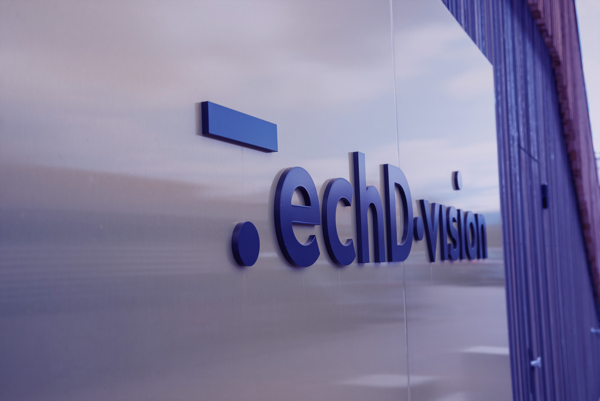
Your Partner for Digital Transformation
We are a leading consulting firm for digital transformation. With more than 19 years of experience in helping industrial clients navigate the digital landscape, we combine technical expertise with in-depth industry knowledge.
- Team of experts consisting of industry and trade specialists, data engineers, and software engineers
- Proven methodology for implementing the digital product passport
- End-to-end solutions from strategy to implementation and ongoing support
- Strategic partnerships with leading technology providers
Interested?
Then you can schedule a non-binding consultation appointment with us here!



